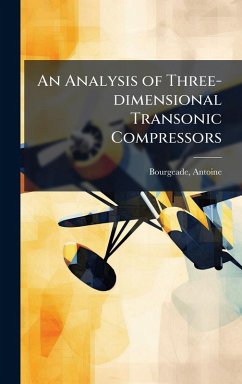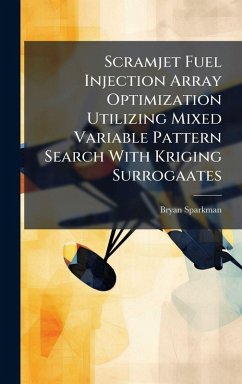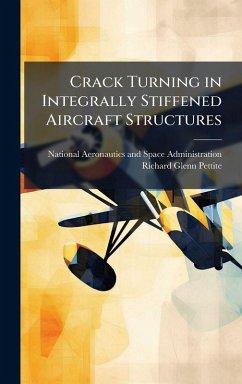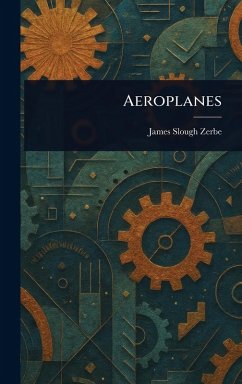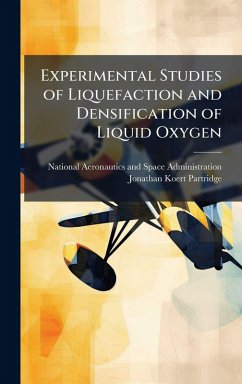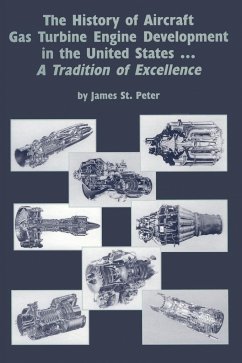
Multi-Dimensional Measurements of Combustion Species in Flame Tube and Sector Gas Turbine Combustors
Versandkostenfrei!
Versandfertig in über 4 Wochen
29,99 €
inkl. MwSt.
Weitere Ausgaben:

PAYBACK Punkte
15 °P sammeln!
The higher temperature and pressure cycles of future aviation gas turbine combustors challenge designers to produce combustors that minimize their environmental impact while maintaining high operation efficiency. The development of low emissions combustors includes the reduction of unburned hydrocarbons, smoke, and particulates, as well as the reduction of oxides of nitrogen (NO(x)). In order to better understand and control the mechanisms that produce emissions, tools are needed to aid the development of combustor hardware. Current methods of measuring species within gas turbine combustors us...
The higher temperature and pressure cycles of future aviation gas turbine combustors challenge designers to produce combustors that minimize their environmental impact while maintaining high operation efficiency. The development of low emissions combustors includes the reduction of unburned hydrocarbons, smoke, and particulates, as well as the reduction of oxides of nitrogen (NO(x)). In order to better understand and control the mechanisms that produce emissions, tools are needed to aid the development of combustor hardware. Current methods of measuring species within gas turbine combustors use extractive sampling of combustion gases to determine major species concentrations and to infer the bulk flame temperature. These methods cannot be used to measure unstable combustion products and have poor spatial and temporal resolution. The intrusive nature of gas sampling may also disturb the flow structure within a combustor. Planar laser-induced fluorescence (PLIF) is an optical technique for the measurement of combustion species. In addition to its non-intrusive nature, PLIF offers these advantages over gas sampling: high spatial resolution, high temporal resolution, the ability to measure unstable species, and the potential to measure combustion temperature. This thesis considers PLIF for in-situ visualization of combustion species as a tool for the design and evaluation of gas turbine combustor subcomponents. This work constitutes the first application of PLIF to the severe environment found in liquid-fueled, aviation gas turbine combustors. Technical and applied challenges are discussed. PLIF of OH was used to observe the flame structure within the post flame zone of a flame tube combustor, and within the flame zone of a sector combustor, for a variety of fuel injector configurations. This work has been selected by scholars as being culturally important, and is part of the knowledge base of civilization as we know it. This work was reproduced from the original artifact, and remains as true to the original work as possible. Therefore, you will see the original copyright references, library stamps (as most of these works have been housed in our most important libraries around the world), and other notations in the work. This work is in the public domain in the United States of America, and possibly other nations. Within the United States, you may freely copy and distribute this work, as no entity (individual or corporate) has a copyright on the body of the work. As a reproduction of a historical artifact, this work may contain missing or blurred pages, poor pictures, errant marks, etc. Scholars believe, and we concur, that this work is important enough to be preserved, reproduced, and made generally available to the public. We appreciate your support of the preservation process, and thank you for being an important part of keeping this knowledge alive and relevant.



